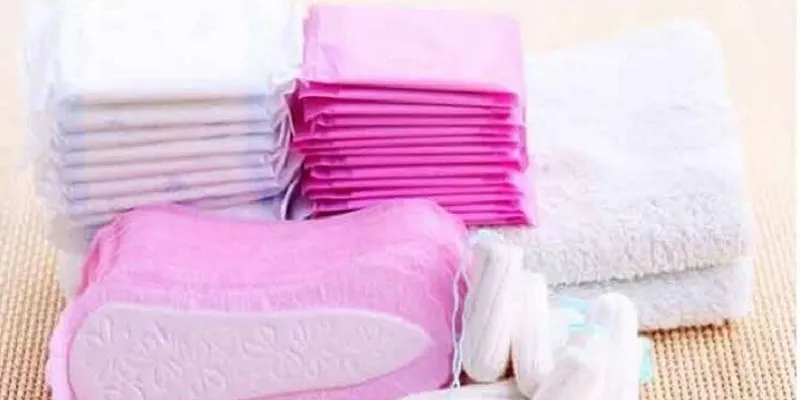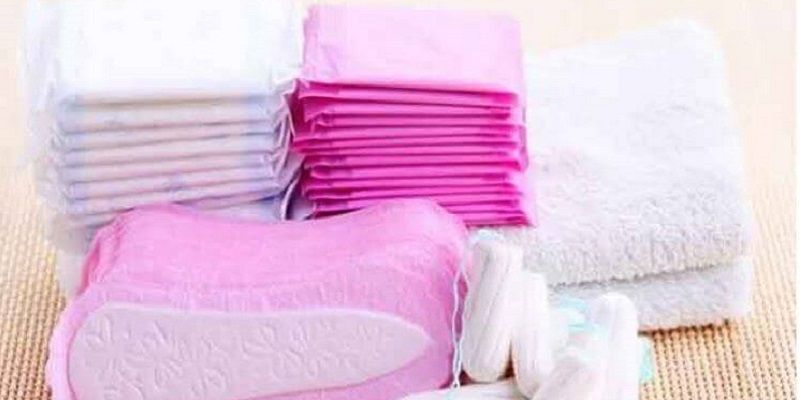How disposable sanitary napkins are harmful to both women and the environment
In India, getting to use disposable sanitary napkins is still considered a luxury as the majority—209 million—don't have access to them.
As these pads are stain-free and long-lasting, women find them the most convenient option but inadvertently contribute towards an environmental hazard as these napkins are non-compostable. Due to this, every month more than a billion of these pads make their way into sewerage systems and landfills. According to IANS, Shradha Shreejaya, a supporter of the Sustainable Menstruation Kerala Collective, said,
"We have found ignorance regarding the raw materials used in making most sanitary products that are falsely assumed to be only cotton and plastic—the products are more than 90 percent plastic with super- absorbent polymers and non-woven plastic components that make it extremely difficult to dispose of in a backyard shortcut way."

Last year, to tackle this, Narendra Modi came up with the Solid Waste Management Rules which made it mandatory for all sanitary napkin manufacturers to provide a pouch or wrapper to safely dispose of sanitary napkins. But that will not be helpful in addressing the crux of the problem as it is multifaceted.
On the one hand, the women who buy them are not aware of the chemicals they contain, which could cause a lot of health-related complications. On the other hand, the people who come to collect them do it with their bare hands, making them prone to infections too. On top of all this, when women cannot even purchase sanitary napkins without feeling the need to conceal them, it makes it even more difficult to start a debate around it. According to Live Mint, Bhawana Chanana, associate professor at Lady Irwin College, said,
“It is a sanitary napkin. Its purpose is not just to absorb. Hygiene parameters of the product, of how safe they are, should be disclosed on the packets. Unfortunately, people choose sanitary napkins based on the cost, design, and packaging. But the main consideration really should be hygiene—what’s the pH range, for instance. But women don’t ask simply because they are embarrassed and this has worked to the advantage of the manufacturers and sellers.”
Do you have an interesting story to share? Please write to us at [email protected]. To stay updated with more positive news, please connect with us on Facebook and Twitter.











